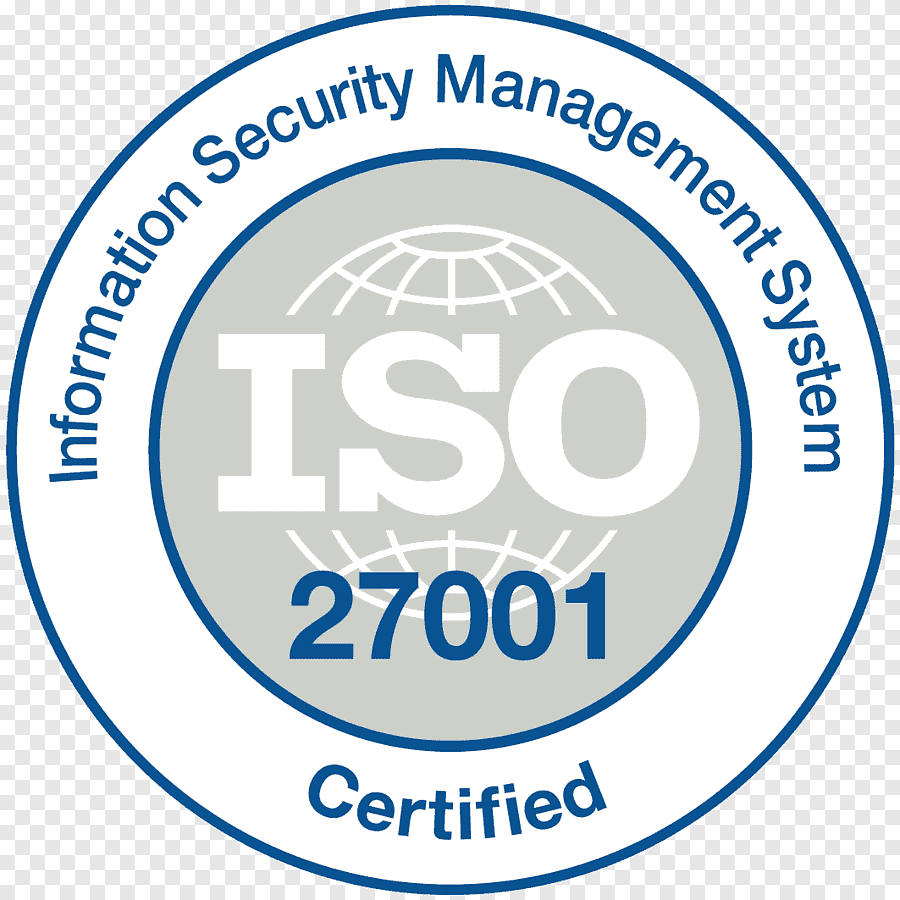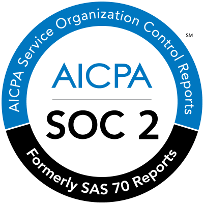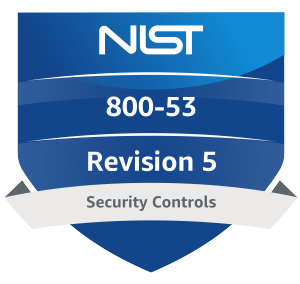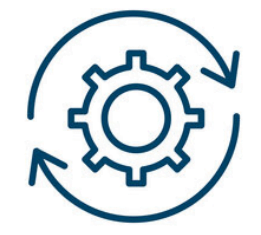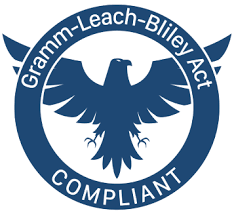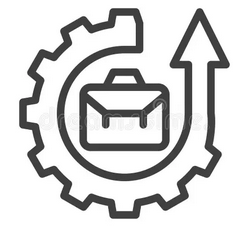CIS CONTROLS
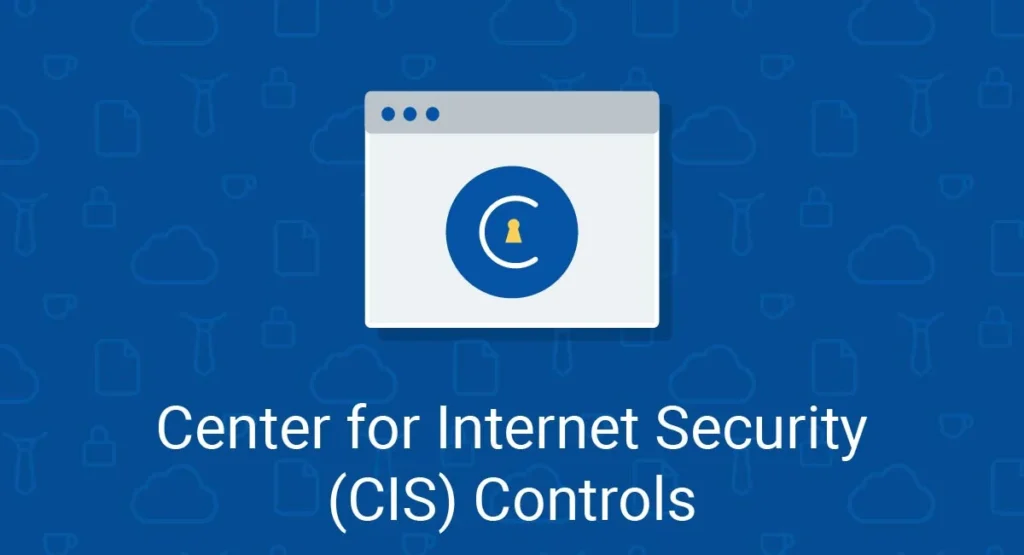
What is CIS Controls?
CIS Controls, formally known as the CIS Critical Security Controls, are a prioritized and actionable set of best practices developed by the Center for Internet Security (CIS) to mitigate the most prevalent cyberattacks. They’re designed to be an easy-to-follow roadmap for organizations of any size to improve their cybersecurity posture.
Why does your Organization require CIS Controls?
- Reduced Attack Surface: By implementing CIS Controls, organizations can harden their systems and configurations, minimizing potential vulnerabilities that attackers can exploit.
- Mitigated Cyber Threats: The controls address the most common and dangerous cyber threats, like unauthorized access, malware infections, and data breaches, significantly reducing the risk of successful attacks.
- Improved Threat Detection and Response: Implementing these controls can make it easier to detect and respond to security incidents quickly and effectively, minimizing damage.
- Standardized Processes: CIS Controls provide clear and actionable steps for implementing security measures, leading to consistent and efficient processes across your organization.
- Reduced Operational Risks: Mitigating Security Risks through the controls minimizes operational disruptions and downtime, ensuring business continuity.
- Cost Savings: Preventing cyberattacks and data breaches can significantly reduce costs associated with remediation, legal issues, and reputational damage.


Why does you organization require CIS Controls?
- Reduced Attack Surface: By implementing CIS Controls, organizations can harden their systems and configurations, minimizing potential vulnerabilities that attackers can exploit.
- Mitigated Cyber Threats: The controls address the most common and dangerous cyber threats, like unauthorized access, malware infections, and data breaches, significantly reducing the risk of successful attacks.
- Improved Threat Detection and Response: Implementing these controls can make it easier to detect and respond to security incidents quickly and effectively, minimizing damage.
- Standardized processes: CIS Controls provide clear and actionable steps for implementing security measures, leading to consistent and efficient processes across your organization.
- Reduced operational risks: Mitigating security risks through the controls minimizes operational disruptions and downtime, ensuring business continuity.
- Cost savings: Preventing cyberattacks and data breaches can significantly reduce costs associated with remediation, legal issues, and reputational damage.
Our Approach
1. Understanding and Adapting :
- Reviewing the CIS Controls: Providing an overview on the controls and their detailed implementation guides.
- Assessing your Environment: Identifying assets, critical data, and security risks specific to your organization.
- Customizing: Adapting the controls to your needs and environment, prioritizing based on your risk assessment.
2. Implementing and Configuring:
- Selecting Tools and Solutions: Choosing technologies and processes to fulfill each control's requirements.
- Configuring Systems and Devices: Applying the chosen solutions to secure assets and harden configurations.
- Documenting Configurations: Drafting and Maintaining clear documentation of implemented controls and settings.
3. Testing and Monitoring:
- Validating Control Effectiveness: Conducting penetration tests, vulnerability scans, and Internal Audits to verify control implementation.
- Monitoring ongoing Activity: Keeping track of system logs, access attempts, and security events to detect potential breaches.
- Measuring Continuous Improvement: Using metrics and reports to monitor progress and identify areas for optimization.
4. Maintaining and Improving:
- Updating Configurations: Patching vulnerabilities, applying security updates, and re-hardening systems regularly.
- Reviewing Risks and Controls: Conducting periodic risk assessments and adjusting controls as needed.
- Assisting you in keeping up with evolving threats and update strategies based on new CIS Control versions.


